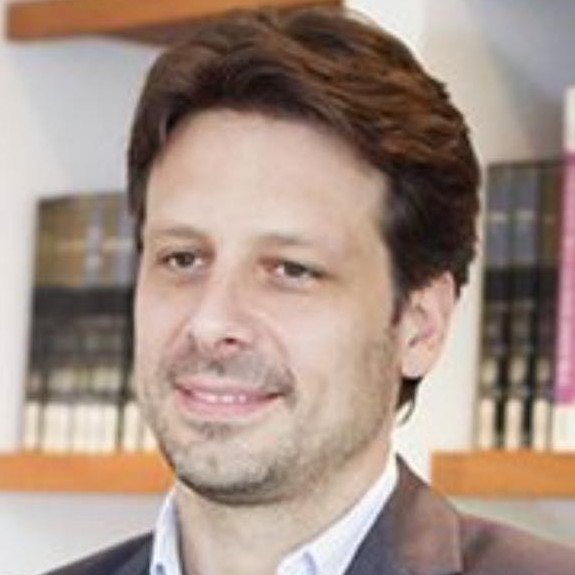November 20, 2019
In this November 12 video — excerpted from Mexican president Andrés Manuel López Obrador’s morning press conference — Mexican Foreign Minister Marcelo Ebrard describes how Bolivian president Evo Morales was transported to Mexico aboard a Mexican Air Force plane.
The plane landed at Chimoré airport, located in the department of Cochabamba and controlled, at the time, by the Bolivian military. It was from here that Morales was eventually flown to safety.
Ebrard describes the tense negotiations that took place between the governments of Mexico and Bolivia, and the challenges posed by the vacuum of power in the hours following Morales’s forced resignation, when the military were visibly in command. Though his presentation is sober and diplomatic, Mexico’s top diplomat makes it clear that Evo Morales’s life was in danger, and that the attempt to rescue him almost ended in disaster.
Ebrard describes how other South American countries responded to Mexico’s attempt to retrieve Evo Morales. He recalls how several governments that had initially authorized the Mexican aircraft to transit through their airspace or refuel, including Peru and Ecuador, suddenly reneged on their word.
Ebrard makes clear that the decision to revoke permissions to land or use airspace were made at the highest level of government in each of these countries. The Mexican foreign minister’s assertions raise serious questions: Why did these governments change their mind? And were these countries under international pressure to prevent Morales from flying to safety?
Two further elements emerge from this important presentation, which received little attention in the media: first, the role played by the president-elect of Argentina, Alberto Fernández, who appears to have persuaded Paraguayan president Mario Abdo Benítez to allow the aircraft to land in Asunción. Fernández’s role in this story reinforces the hypothesis that a Mexican–Argentine axis is emerging. There has been much speculation regarding this possibility, especially since Fernández’s November 4 visit to Mexico, when he met President López Obrador. Fernández is also an active member of the Puebla Group, a Latin American coalition of progressive leaders in which the Mexican government has been playing an important role. Both Fernández and Mexican officials attended the group’s recent meeting in Buenos Aires.
The second element concerns Mexico’s reemergence as a Latin American middle power. This is evident in the manner in which Mexico is now venturing beyond its traditional political and commercial ties with its northern neighbors. Significantly, this reemergence of Mexico’s engagement with the rest of Latin America has coincided with a return to its erstwhile tradition of protecting the victims of political persecution throughout the region, when the region was dominated by military dictatorships. Unfortunately, the rekindling of Mexico’s tradition of protecting political refugees is also indicative of a new wave of authoritarianism, which has steadily been gaining pace across Latin America during the last few years.
For all these reasons, and in view of the historical importance of Ebrard’s disclosures, CEPR is posting this video with English subtitles so that it is accessible to English-speaking viewers.






